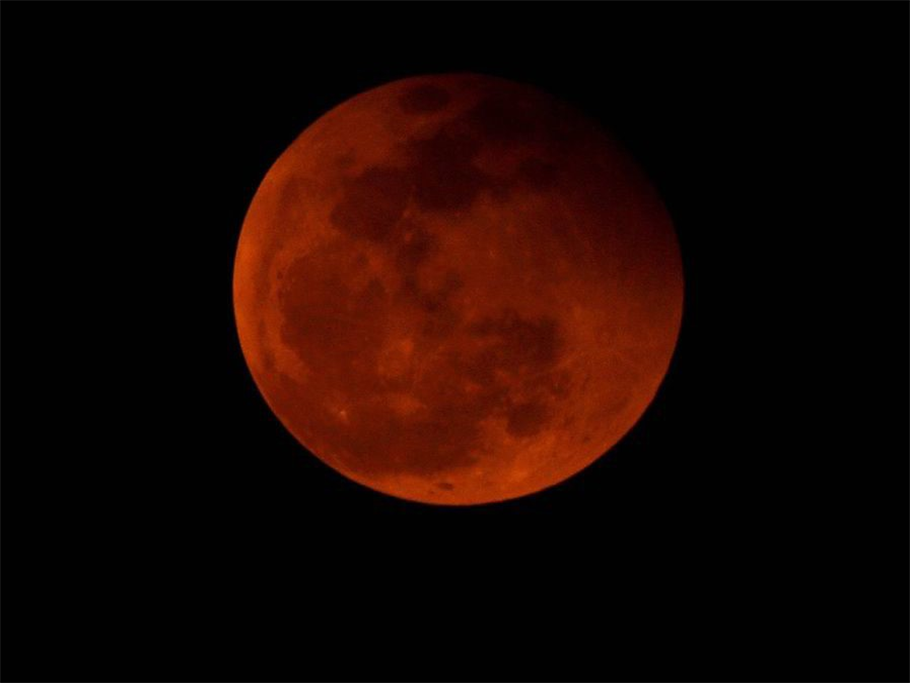

The viewers would need no eye
care items and spectacle while witnessing the moon, as advise opposite in case
of Solar Eclipse.
"All you have to do is... go outside!" the Royal
Astronomical Society in London advises.
Almost around the whole of the
world, the moon will partly or fully come under the shadow of Earth from 1714
to 2328 GMT -- six hours and 14 minutes in all. The moon will be completely
dark, and this will last from 1930 to 2113 GMT.
"Totality will last for 103 minutes, making it the longest eclipse
of the 21st century!" the Royal Astronomical Society said.
With the bloodiest moon of the
century, Mars can easily be seen by a naked eye floating near the moon in the
sky at night during an eclipse.
Mars, the nearest planet from
Earth, will look like a big, large, and bright ball, distant from 57.7 million
kilometers (35.9 million miles) from the Earth’s elliptical orbit around the
sun.
"We have a rare and interesting conjunction of phenomena,"
Pascal Descamps, an astronomer with the Paris Observatory, told AFP.
"We should have a coppery red tint on the moon with Mars the 'Red
Planet' just next to it, very bright and with a slight orange hue itself."
It will be visible in Eastern
Europe, Eastern Africa. From there, hits Western South America. Also, Australia
and Eastern Asia will witness the Lunar Eclipse in the late evening or in the
midnight as the moon will be highest in the sky at that time.
"If you want a close-up view of the moon as it turns red, a pair of binoculars is helpful," Royal Astronomical Society said.
The Total Lunar Eclipse forms when
Earth, Moon, and Sun become aligned in the same path. The Earth when comes in
between the Sun and the Moon blocks the rays of sunlight that usually strike
the Moon. So, the Earth takes up the light and looks like a deep red ball, and
when it bounces back off the Moon and hits our eyes, it gives Moon a deep,
bloody appearance which gives the characteristic name of the event.
Why do we have a full moon
without an eclipse throughout the year? It is because the Moon does passes on
the same path but only above or below the Earth’s shadow.
It depends partly on "how cloudy or transparent those parts
of the Earth's atmosphere are which enable sunlight to reach the moon",
Mark Bailey told AFP.
"During a very dark eclipse, the moon may be almost invisible.”
"Less dark eclipses may show the moon as dark grey or brown... as
rust-colored, brick-red, or, if very bright, copper-red or orange."
This longest duration comes in
because of the fact that the Moon will come in the central region of the
Earth’s umbra which is the darkest part of the shadow.
NASA also called out social media
hoaxers claiming that the Mars will stay longer in the sky with the size same
as that of Moon during an eclipse.
"If that were true, we'd be in big trouble given the gravitational
pulls on Earth, Mars, and our moon!" the NASA website states.
"All eclipses are spectacular," the Royal Astronomical
Society's Robert Massey said.
"In the middle of a lunar eclipse it can look as if a red planet
has taken up residence near the Earth -- they are both eerie and beautiful and
I'll certainly be looking out for it!"
Unwinds the folding of nature,
people!
Stay updated with MKTLIST.CA
Be the first to Comment